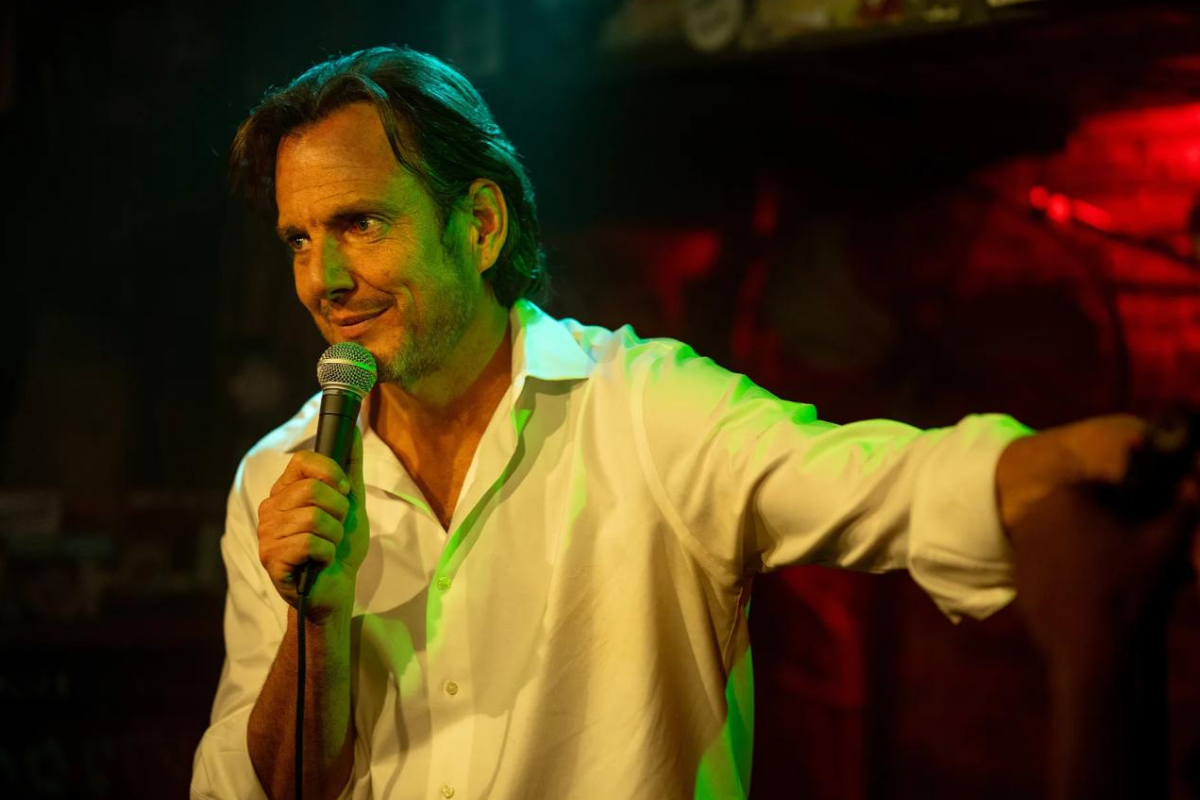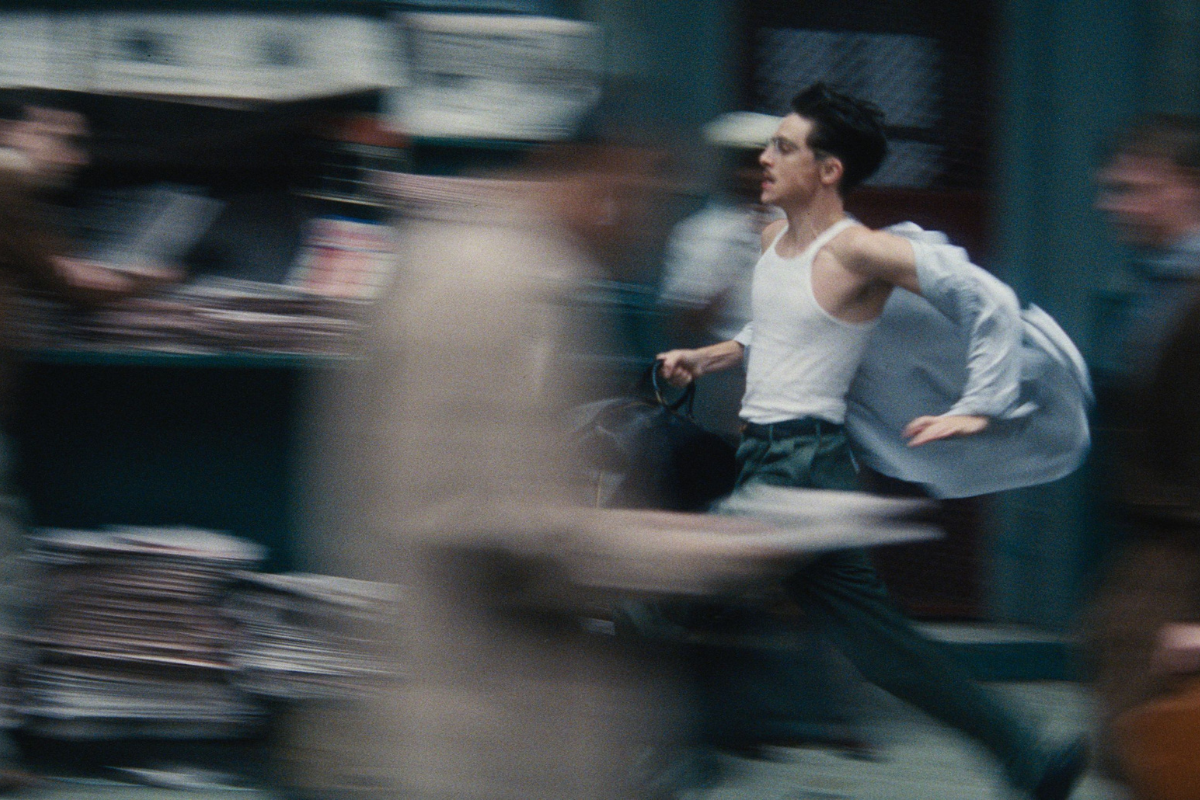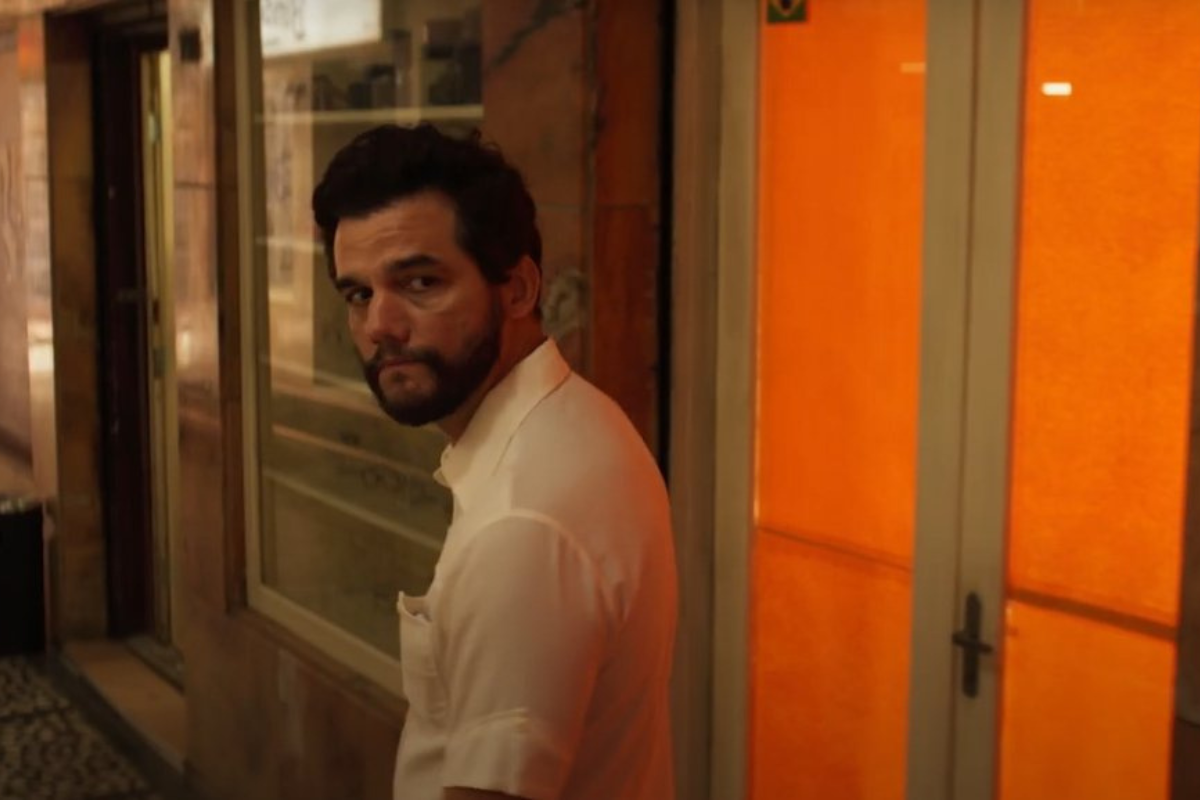Putting Art to Good Use: The International
by Stephen Miller Film: The InternationalWriter: Eric SingerLogline: They control your money. They control your government. They control your life. And everybody pays. There’s just something about arms-dealing, terrorism-funding, money-laundering,…
by Stephen Miller
Film: The International
Writer: Eric Singer
Logline: They control your money. They control your government. They control your life. And everybody pays.
There's just something about arms-dealing, terrorism-funding, money-laundering, conspiracy-covering banks that tends to bring out the worst in people. Good thing there're guys like Clive Owen to keep everyone on the level. The International, an action-thriller out today on DVD from Sony Pictures Home Entertainment, pits Interpol agent Louis Salinger (Owen) against a bank so corrupt, even the U.S. government wouldn't bail it out. With the help of the stunning Manhattan Assistant District Attorney Eleanor Whitman (Naomi Watts), Salinger intends to expose the International Bank of Business and Credit for what it is. SOME SPOILERS FOLLOW
We join our hero on a gray and rainy day in Berlin while he waits for his partner to convince a source to testify against the IBBC for its plot to deal in nuclear weapons with China. Unfortunately, as with most mystery-thrillers, anyone holding vital information about the antagonist's dirty dealings is systematically silenced. In this case, Salinger's partner mysteriously drops dead in the street while Salinger watches -- and the source eventually follows suit.
Salinger, the two-dimensional and typically scruffy bad cop (with an alluded to shady past), becomes incensed and makes it his personal calling to bring down the IBBC. Whitman, a static character who may or may not have a family or past, takes his side. Together, Salinger and Whitman search through piles of documents and clues in an attempt to find the assassin who has been offing their sources.
What the film lacks in the originality of its plot and the depth of its characters, it almost makes up for in its effective use of action. One scene in particular flips the movie on its head while it trashes one of the world's most famous art museums.
Salinger and a token group of New York detectives are able to trace the man they believe to be the assassin (Brian F. O'Byrne) to the Guggenheim Museum. As the unnamed hit man meets with his IBBC handler, Salinger and the detectives attempt to blend in with the museum's patrons. But they're made!
As one of the detectives follows the handler out of the building, the assassin sees a reflection of Salinger and the other officer inconspicuously hugging a wall, peering around a corner, looking at him. Realizing that their cover is blown, Salinger and the detective jump out and hold the hit man at gunpoint. But without warning, their target is shot. Seconds later, token detective number two takes one in the neck.
What ensues is an intense action scene that makes excellent use of the Guggenheim's trademark spiraling walkway. On one side is a group of the bank's hit men. The assassin, who was wearing a Kevlar vest, has teamed up with Salinger -- the lesser of two evils -- on the other. The two teams circle down the ramp shooting at each other through the middle, leaving trails of bullet-ridden canvas and terrified museum-goers.
Besides making use of an original setting for a shootout, this scene also paves the way for some of the film's only character developments and sends the plot tumbling toward the finale.
The unnamed assassin, who only has a handful of lines thus far, suddenly becomes a real person. He seems to recognize the malevolence of the IBBC and, as his last act, chooses to do what he can to help Salinger. It is through his death that the audience learns that the bank will stop at nothing to get what it wants.
Salinger is also born anew amid the gunfire. He decides to throw away the rule of law in order to bring the bank down, recognizing that customary police work and guidelines won't be enough.
And, in one of the screenwriter's best decisions, Eleanor Whitman is written out of the film. Her character, with no depth and little purpose so far, is told to leave before she becomes too involved. Salinger is left alone to the dirty business of bringing down the IBBC in what feels like a completely different film.
Successful screenwriters know that action scenes must serve a purpose; the movie cannot be the same going into an action scene as it is coming out. With one creative action sequence, The International changed course, reviving itself with new life, and dropping all unnecessary baggage.
For more on action writing:
Read William Martell's Anatomy of an Action Scene: Part I in the May/June issue of Script.
Listen to Wanted and Fast & Furious scribe Christopher Morgan's podcast.
Read the Scriptmag.com essay on the use of exposition in Taken.
Stephen Miller is a martial-arts expert and will graduate in 2010 with a degree in journalism from the University of Arizona.
Top screenwriting and film publication, founded in 1989, published by Active Interest Media. Twitter: @scriptmag






